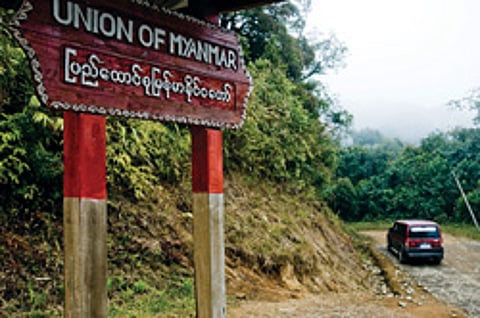The colour of fringe histories
It often seems as though the regional in the SAARC acronym is oddly devoid of a history, other than the one prescribed to it by the dominant memories of its constituent states. It is as if SAARC's representatives are little more than what the tourism and finance departments want them to be: good, postcolonial folk with an urge to forge economic growth. There is little room, therefore, for places within the region that have discordant histories. Places that do not conform to pliable pasts often find themselves pushed outside discussions on regionalism in Southasia. Thus, SAARC constituents would like to view the entire Southasian region within an antiseptic security lens, where incompatible noises and memories are not part of the 'region-making' process. Northeast India, with its colourful and chaotic history, is such a place. In contemporary discussions, the region is portrayed as a place full of malcontents of various ethnicities.
The presence of renegades of different ethnic origins in a particular region is also a sign of a distinct kind of cosmopolitanism. Such figures point towards a corresponding set of events and processes that draw people and material into a particular area. Below are two incidents that took place in the Northeast during the 1940s. These are not ordinary events, as we will see. They are incidents that could have only happened in places where peoples and politics were bursting at the seams with contradictions and expectant possibilities.

